|
6 TIPS TO EASE THE TRANSITION FROM COLLEGE TO FULL-TIME EMPLOYMENT
Madeline Yaskowski, Senior Consultant, Actualize Consutling I can't imagine how hard it is for seniors this year who had their plans cut short due to COVID-19. Life transitions are rarely easy, and when you throw a pandemic into the mix, it can be taxing on your mental health. While I can’t relate to having my senior year end abruptly, I do remember feeling bombarded with so many “endings” when I graduated. I was saying goodbye to the town I had grown to love over the past four years, the campus I used to walk across everyday going to my classes, and my friends who lived less than a half-block away. I was even saying goodbye to my parents, who - in a strange twist of fate - were moving away from home as I moved back. I truly felt like any sense of normality was being pulled out from under me. Although navigating this feeling was hard, it was comforting for me to know that many recent college grads feel the same way. Adrian Mendieta, fellow Virginia Tech Alum and Senior Consultant at Actualize, felt a similar fish-out-of-water experience. After a conversation with him, I’ve compiled a few of our tips to help the class of 2020 soften the growing pains of this transition from college to a full-time job. 1. Focus on Gratitude: I was so focused on what I would no longer have that I couldn’t remember all that I did have. I was extremely lucky to have accepted a full-time offer from Actualize, who I had interned for two years leading up to my official start date. I was lucky to have a boss that encouraged me to take the summer off before starting, a place to live, extended family nearby, and so much more. As I began to focus on gratitude, it became clear to me that I needed to reframe this event in my life; it wasn’t an ending. It was a new chapter. 2. Ease into Your Schedule: Prior to his start date, Adrian shifted his schedule around his working hours. “I was used to having 2-3 classes per day and spending the rest of my time either doing work or studying,” he noted. “I needed to adjust my schedule around my new job.” He set his rhythm by waking up earlier and hitting the gym after or before core working hours. 3. Find a mentor: For both of us, having someone who was familiar with the tasks of our job was extremely helpful. When you’re new, there can be a major overload of information. It’s important to remember that everyone was new at some point! Find someone you can reach out to for help if you need it and don’t be ashamed for not understanding fresh material. 4. Set Goals: Just because you are out of school doesn’t mean that the learning stops. Challenge yourself to grow. “Begin writing down a list of specific, measurable and attainable goals that you would like to accomplish within the 1 – 2 months of starting work,” says Adrian. “You can track your progress and look back at all you’ve learned – it’s a good morale booster to see how far you’ve come.” 5. Take Breaks: In today’s culture, we value success above happiness. We think that we must always be hustling in order to achieve. Although it may sound counterintuitive, sometimes being unproductive is the most productive thing you can do. If you have vacation time, don’t be afraid to use it – you’ve earned it! You can come back to work more refreshed and less likely to burn out. 6. Have Hobbies Outside of Work: The workday should not last forever – protect your work/life balance by having hobbies that aren’t your 9-5. “Set time aside each day for activities that you enjoy – like exercising, spending time with family or catching up on your latest show,” says Adrian. Recent college grads, how have you adjusted to full-time employment? What tips and tricks do you have for class of 2020 graduates?
0 Comments
When we had to reschedule our much-anticipated annual retreat due to the pandemic, our COO, Kerry Wekelo decided to find new, virtual ways to show our people appreciation by creating gratitude videos for all of our team members. This video expresses thanks to Actualize Consulting Principals, Chad Wekelo, CPA, CFA and Matt Seu. See how we are counterbalancing the pandemic with gratitude.
In How to Manage Stress and Fear in a Post-Pandemic Workplace, Mike Petrusky speaks to change management professional Cristina Herrera, Prosci and author of The Healthy Workplace Nudge Rex Miller about what the future workplace looks like in this article for iOFFICE, LP.
When we return to the workplace, it will be different in many ways—some that are obvious, and others that are much less visible. As author David Kessler said in a recent Harvard Business Review article, the disruption of our normal routines, loss of connection and fear about the future has led to feelings of “collective grief.” As workplace leaders, we have an opportunity to earn our employees' trust when we acknowledge the difficult emotions they are experiencing. In addition to keeping employees physically safe, we need to be mindful of the need for psychological safety. Managing fear and stress in the workplace is an ongoing focus in our recent webinars and interactive livestream events. Here are some of the best recommendations we’ve heard from top leaders. Prioritize Physical Safety While Encouraging Connection Eventually the coronavirus pandemic will subside. Before offices reopen, companies will need to make changes to keep employees safe. That will include taking proactive measures like spacing desks further apart, returning to work in shifts and limiting the number of people able to gather in conference rooms and common areas. Some of those changes may be temporary or situational, while others could be permanent. However, change management professional Cristina Herrera says physical distancing doesn’t mean we have to give up everything we’ve gained from a more collaborative workplace. “The shift to a more shared environment of spaces has come with really great benefits, in terms of fostering and nurturing the tribe mentality that we are all one,” she said. “My work desk isn’t where I’ve come here to be 100 percent of the time, but to build relationships and have opportunities for innovation. We need to make sure we don’t jump too drastically to the other side, but we do need to be mindful that people are going to come into the workplace with fear. We need to make them feel safe and secure. And we need to provide them with the opportunities to take care of their own safety.” Lead With Vulnerability As researcher and author Brené Brown has said, “vulnerability is the birthplace of innovation, creativity and change.” During crises, leaders deal with unfamiliar or uncomfortable decisions and increased uncertainty. It’s time to let go of the outdated notion that the boss is the person everyone expects to have all the answers. Now more than ever, leaders have to be transparent with employees, said Rex Miller, author and guest on our recent webinar about managing stress in the workplace. When leaders are more vulnerable about what they’re experiencing, employees will feel more comfortable expressing their own fears and concerns. “Share what you’re going through, what you think is happening now,” he said. “Share how you’re learning together. Invite other voices. Leaders have to be the first to express reality, to share what it’s really like for them.” Stress can be contagious, Miller said. As many as 85% of employees report high levels of stress, he added, and 75% of employers say stress is their No. 1 concern impacting productivity. While it can be constructive to admit you’re going through a challenging time, as a leader, you also need to manage your own stress so you can be better equipped to help employees. A few basic steps leaders can take to manage their own stress include:
Stress can compound when having to learn new ways of doing things, which is why Miller recommends trying to maintain a routine as much as possible. Consider Offering Additional Mental Health Services Many companies have expanded mental health benefits in the midst of the coronavirus pandemic. In fact, a recent survey by the National Alliance of Healthcare Purchaser Coalitions found 53% of employers are now offering additional programs. New benefits range from online counseling sessions at no cost to providing employees with access to mindfulness apps. Employers are also providing expanded health care benefits, additional leave and greater scheduling flexibility. Miller recommends hosting a company-wide meeting or webinar to ensure all employees understand what benefits are available to them. First, make sure they know what additional sick leave and extended family and medical leave they are entitled to—for example, under the new federal Families First Coronavirus Response Act (FFCRA) in the U.S. Next, explain any updates your organization has made to your benefits or sick leave policy, as well as any other services you are offering. Check In On Employees Frequently COVID-19 upended routines, disrupted social lives, and separated people from their workplaces. It is not yet clear when we will return to normalcy. Or what to expect when we do. Everyone’s situation is unique and can change dramatically from one day to the next. Whether your team continues to be distributed or you are returning to the workplace, it can be difficult to gauge how well your employees are handling their stress. “Before you just go in with what you need them to do, ask them how they’re doing,” said Kerry Wekelo, CEO of Actualize Consulting. “Ask them every day. Don’t just assume that they’re okay.” How can treasurers forced to work from home during the ongoing Covid-19 pandemic ensure they remain safe, secure and effective? In this Treasury Today podcast we explore the options in the company of Actualize Consulting’s Kerry Wekelo, COO, and Priscila Nagalli, Director, Treasury Practice Group.
Visit Treasury Today to listen to the podcast: https://treasurytoday.com/treasury-talks-podcast-series How Alysia Kennedy, CFA is optimizing her new reality of working from home by sharing her love of STEM with her child.
As a mom and a consultant, I am facing a new reality of working from home. Having a love for STEM myself, I see this as an opportunity to engage my child in STEM-related activities to spark her interest in science, technology, engineering, and mathematics. Ultimately, she will decide what her future looks like, but in the meantime, we can have fun and develop strong problem-solving skills and higher-level thinking she can apply in any career. I was lucky when I realized early on that I wanted to pursue my interest in STEM. I enrolled at the Thomas Jefferson High School for Science in Technology, and I later attended the University of Virginia, where I graduated with a B.S. in Finance, Information Technology and International Business. I was happy to participate in this Q & A about women in STEM. - Why do we see fewer women in leadership roles in STEM fields? While the glass ceiling applies in all fields, it is more noticeable in STEM because there are not as many women entering the field. This leads to a smaller percentage reaching leadership roles than you might see in other female popular industries. When I worked in the engineering department of a large technology firm, this was evident. My department had a 9:1 ratio of males to females. At Actualize Consulting, women are encouraged to take active roles in whatever they want to pursue. The company supports the growth of the consultants and team members and is willing to help train them in where they want to go. There are several women in leadership roles at Actualize; the Chief Operating Officer, Kerry Wekelo, as well as three out of the five directors are women. - Is there hope? Will the leaders and innovators of tomorrow look different than who we see today? The answer to the first question is I think so, but I think it will take time. We need the cycle of a generation of women entering the field and then another generation for women to advance into leadership roles. Breaking away from gender stereotypes starts at home – parents have the power to overcome the stereotypes and introduce their daughters to STEM. Whether it is starting at a young age by exposing them to STEM toys such as the Picasso tiles (the colored magnetic tiles) or wooden blocks, Legos, a butterfly garden, and paleontology or geology set. You can take them to a local science museum and most cities have a children’s museum where the kids can interact with STEM exhibits as well. We have the power to make a difference for the younger generation of women. I know that I want all the opportunities in the world for my daughter and I would think all parents would want that for their child, whether a daughter or a son. - If we are in the midst of a shift, what’s driving it ... is it women, or is it society? I feel that we are at the beginning stages of a shift and I believe the responsibility falls on us as women. As Mahatma Gandhi famously said, “Be the change you want to see in the world.” History has taught us that women have to be the drivers of the change we want to see. There’s been more empowerment of women in recent years, and I’m hoping we can leverage that momentum and join forces to drive this change as a group. At a minimum, every woman can contribute by supporting and encouraging other women in the field. On an individual level, I think the pursuit of a STEM career also needs to be self-driven. A significant advantage that the newer generations have is unprecedented access to information. Thanks to the age of the internet, we have equal access to information on opportunities, fields of study, and types of careers that will hopefully assist with the shift to more women in leadership as well. - Why is it important to cultivate a personal/professional brand? To help advance your career and cultivate a professional brand, you need to have an online presence. Even if you do not use social media, you should at a minimum, have a LinkedIn account. Let your profile reflect your professionalism. Follow industry leaders and companies. You can publish and like pertinent articles and current industry topics that reflect where you want to be. You can further establish your online presence by writing articles and hosting industry webinars. Actualize Consulting works with you to build your professional and personal brand. The company encourages its consultants to seek training, pursue knowledge, and to give back to the industry as a thought leader through written articles, webinars, and by leading events. - What advice do you have for young women early in their careers, that can help them claim their seat at the table? Women early in their careers should be open to trying different opportunities, roles, and types of projects, even if it means asking for them. Networking and establishing a female mentor relationship are invaluable. Find a mentor, especially if you are working at a larger firm so that you do not get lost in the crowd. I know for a fact that some companies have inhouse programs that support women, which provides opportunities to meet other women in the company and grow your network. Actualize Consulting includes the question of mentorship in our goal assessments, asking if you would like to be mentored or mentor another individual. For those without access to such formal programs, I recommend they seek out mentors on their own. Your mentor does not have to be specific to your industry. The drivers behind successful women, their behavior, mindset, and steps of action will have the same theme regardless of the industry. You can learn from women both in and out of your chosen industry. Don’t feel like you have to limit yourself. Your child’s opportunities to excel in STEM are unlimited. You can increase their exposure by introducing them to STEM through toys. Here are a few you might enjoy. Cubetto – a Montessori-approved wooden robot coding toy for children powered by a tangible programming language made of colorful blocks. Children guide Cubetto through a series of maps and stories, and learn the basics of computer programming and STEM skills without the use of a screen. http://primotoys.com/ Qubits® - an easy to assemble, construction toy designed by an architect to snap together toy that teaches about modular design and geometric shapes. https://qubitstoy.com/ Wikki Stix - 108 feet of Wikki Stix in nine colors. The STEM Pak also includes a four panel step-by-step illustration of how to make the DNA Double Helix. https://www.wikkistix.com/product/stem-pak/ Q ball - With numbers 1-10 on the ball, Q ball offers fun math games for all ages. https://qballextreme.com/games-for-kids/ As Senior Manager in the Treasury and Capital Markets practice at Actualize Consulting, I enjoy designing and implementing technology solutions to solve complex business problems. If you have any questions about the implementation process for your Treasury department, feel free to contact me. Watch John Kruger, Manager webinar on How to Increase Your Treasury Efficiency with Modern Techniques.
Please click the image above for a summary of key updates made in Kyriba for the version 20.1 release. These include expanded features, new functionalities you may find useful in your implementation and managing your database. Please reach out to your implementation consultant with any questions on how to leverage these updates.
Director, Paul Baram reflects on how implementing a TMS with his team, is much like working with the Avengers.
I’ve recently had a short sabbatical from work, and with additional time at home I have been re-watching superhero movies. It’s a little (lot) of a stretch, but it struck me that the most successful project teams I’ve been a part of look a lot like the Avengers. Here’s why. Iron Man’s Design Capabilities: Across the many Treasury Management Systems (TMS) we work with, there are many different data models and some TMS work much better say at bank reconciliation than valuation or payment processing. For optimum utilization, it pays to work with the design at hand and use the strengths that it has rather than customise heavily around it. Having people on the team that understand the system capabilities in detail, and the best way to configure and implement them is key. Bruce Banner’s Math Skills: It’s a much longer conversation to debate the pros and cons of time and materials versus fixed price projects, but either way, proper project accounting is an underappreciated success criterion. Particularly during a project with an extended time frame, being able to review the time and effort expended really does help inform the road ahead. It’s not enough to be able to just report on the budget spent to date, but rather the expected total budget of actuals plus remaining forecast. The Hulk’s Anger Management Capabilities: No wait; in this case, I literally mean the opposite of this. Over the long haul of a project there will inevitably be a time when things go against you. The key here is to stay calm and keep your inner hulk at bay. Count to 10 (100?), pivot to positive, and get back to your day job. Talk to your Captain to share your concerns. Thor’s Strength of Purpose: Some of the projects we work with are done in 2 months, while others can take over a year. In any event, keeping focus on the aims of the project is key. Several projects I’ve worked on have established design principles at the outset, and keeping those in mind as issues arise is a beneficial, objective way of evaluating both the impact of the issue and the importance and urgency to resolve it. Captain America’s Leadership: Most projects I’ve been a part of have had at least one often case when tough decisions were needed. Do we go live on a set date with testing 90% done, or is completing all the tests and accepting the next release window the right thing to do? An engaged, effective sponsor that understands and backs the project vision and sets the tone for how decisions should be made is as much a success criterion as anything I’ve seen. Of course, it is never just about one person; it’s always a team effort. And with that, I’m back to the Avengers metaphor. I’m grateful for the support I received from Actualize Consulting to be able to take time off, and in these times of uncertainty, I’m very happy to be back at work. I’m reminded that at Actualize I’m surrounded by talented, dedicated professionals throughout our organisation and between the 50 or so of us, we form many permutations of ourselves to form our project teams and deliver our missions. I can’t say that I’m ready to cross the Bifrost, but my batteries are fully recharged, my energy levels are high, and I’m ready to be a project hero in whatever role I’m needed. As a consulting firm, we are accustomed to working remotely. We want to support you by sharing what we have learned along the way. Our Senior Consultant, Aaron Russell shares his tips on how to communicate effectively with clients, supervisors, and co-workers.
While you are working from home during the COVID-19 pandemic, there is an increased need for accurate and effective communication strategies throughout the workforce. We are all developing a level of reliance and trust in this new remote working arrangement. Three main interactions while working from home need to be mastered to build trust. They are the communication you have with clients, co-workers, and supervisors. Communication with clients Clients are what drives a business. When supporting your client while working from home, there are three main ways to deliver a positive message with clear communication.
Some items to think about as you prepare for communicating with a client: 1. Be very clear in the message you are sending. 2. Stick to the message you are trying to communicate. 3. Always communicate what you expect the outcome to be Communication with co-workers Interacting with co-workers inside a work environment feels normal, but it can be a bit more challenging when working from home. Here are two examples where technology can help in that communication.
As a side note, there are multiple project tracker software available such as Projectplace and Asana that can be used to collaborate on project tasks and goals. Anyone, including a client, can access these trackers should you decide to add them, and can be very useful in tracking progress. Communication with a supervisor Communicating with your supervisor, especially from home, is very important. This is where the employee can gain trust and open the possibility of working from home after this health issue is over if that is something you would like to continue. Communication while working from home will also let your supervisor know that you are still producing at a high level and can be depended on even when away from the office. Utilizing all of the above methods is a great way to communicate with your supervisor; copy him or her on emails, ask questions via instant message, and set-up a weekly virtual meeting or phone call to check-in. Do not be afraid to ask if there is anything you can help with and ask for more responsibility. These are things you should be doing anyway but are even more important to communicate when you are working from home. With the shift in workplace office to home office during the COVID-19 pandemic there is an increased need for accurate and effective communication. Whether you return to the workplace or work from home fulltime, the interactions and communication strategies must be mastered to provide effective progress and to build trust. Whether it be with clients, co-workers, or supervisors, you must communicate, communicate, communicate. For other considerations while working from home, please see this article from Kerry Wekelo, the COO at Actualize Consulting: https://www.linkedin.com/pulse/your-team-ready-work-from-home-kerry-wekelo/ Kerry Wekelo, COO, Actualize Consulting
During a pandemic, it can be hard to stay positive. Physical distancing is mentally challenging, too. We are in a time where we are facing more isolation than ever. This leads itself to new challenges, especially as we learn to navigate this unprecedented period. Watch this video to see my tools for tackling our new reality. I hope you all are staying safe and healthy. If you ever feel like COVID-19 is too overwhelming, please know that there are a wide variety of resources available for you. Check out this extensive list by the CDC see how you can support yourself at this time. I’d love to hear from you – what tricks or tools do you have to cope with COVID-19 challenges? |
News OverviewLatest release news and tips for your Kyriba implementation. Categories
All
Actualize ServicesArchives
December 2020
|
- Home
- News
-
Kyriba ▼
- On-Boarding
- Bank Account Management
- Bank Connectivity
- Bank Fee Analysis
- Bank Statements
- Business Intelligence
- Cash & Forecasting
- Cash Accounting
- Financial Accounting
- Financial Transactions >
- Fraud & Compliance
- GL Reconciliation
- Hedge Accounting
- In-House Banking
- Netting
- Payments
- SSO/SMS
- System Administration
- Valuations
- Mid Market ▼
- Best Practices ▼
-
Actualize Resources ▼
- New Kyriba Consultants
-
Technical Resources ▼
>
- More Education ▼ >
- Bank Account Management
- Bank Fee Analysis
- Bank Connectivity
- Bank Statements
- Kyriba Reporting ▼ >
- Cash & Forecasting
- Cash Accounting
- Core Data
- Connectivity ▼ >
- Data Exchange
- Financial Accounting
- Financial Transactions
- Fraud & Compliance
- GL Reconciliation
- In-house Banking
- Liquidity Planning
- Market Data & MTM
- Netting
- Payments
- Supply Chain Finance
- System Admin & SSO
- Valuations & Risk, Hedge Accounting
- News & General ▼ >
- Project Resources ▼ >
- RPA
- Sales and Account Management
- Training Portal Requests
- Contact


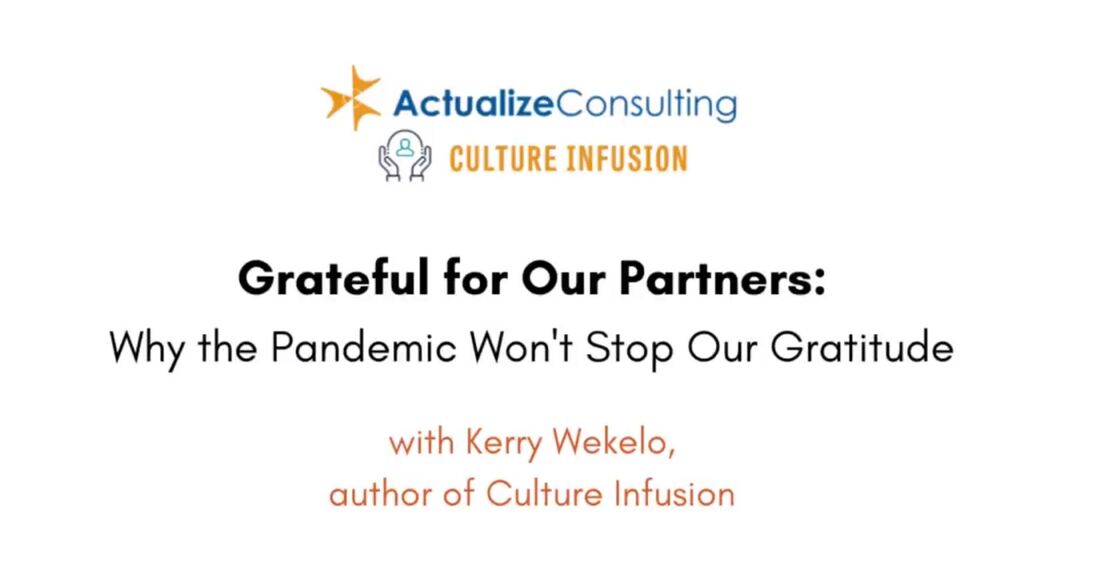

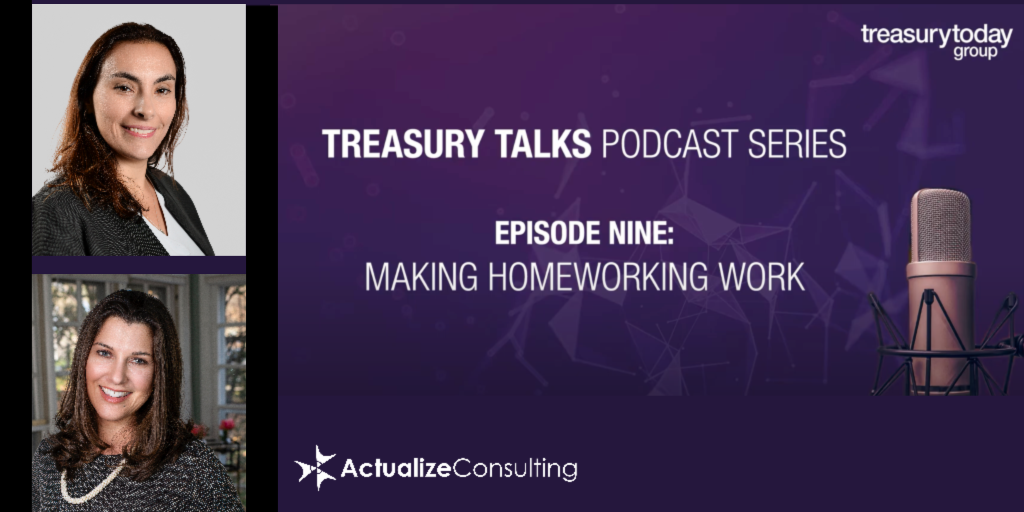
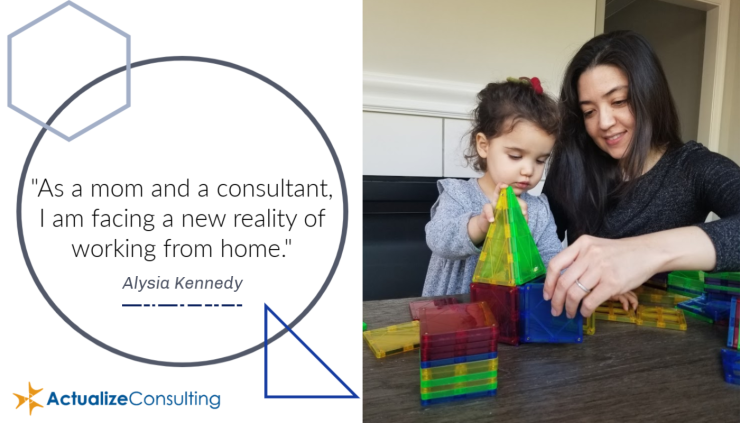

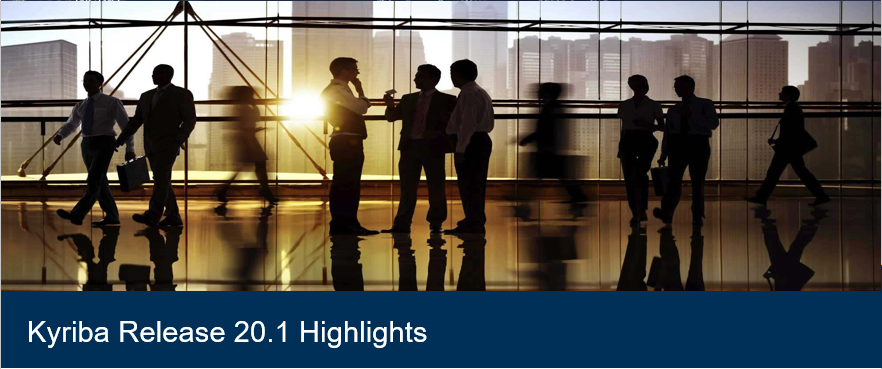
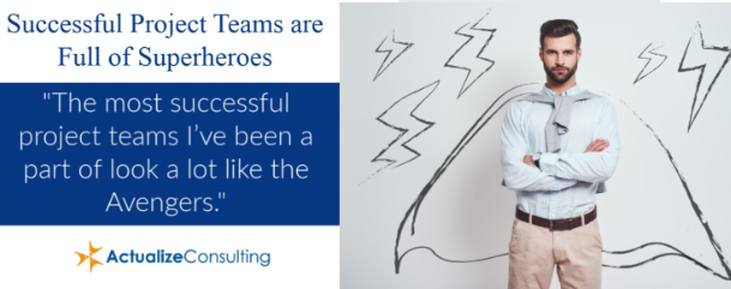
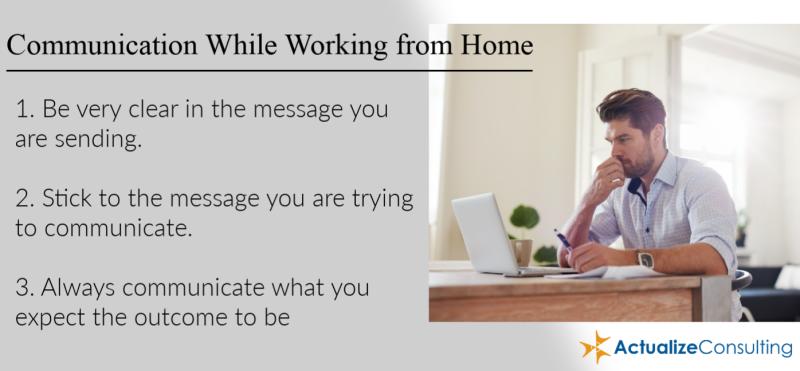

 RSS Feed
RSS Feed